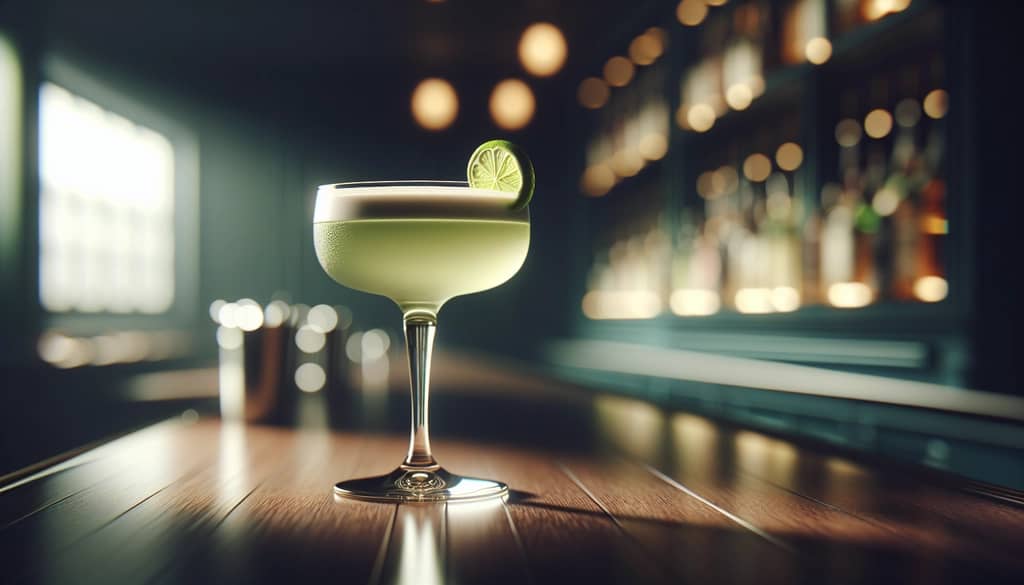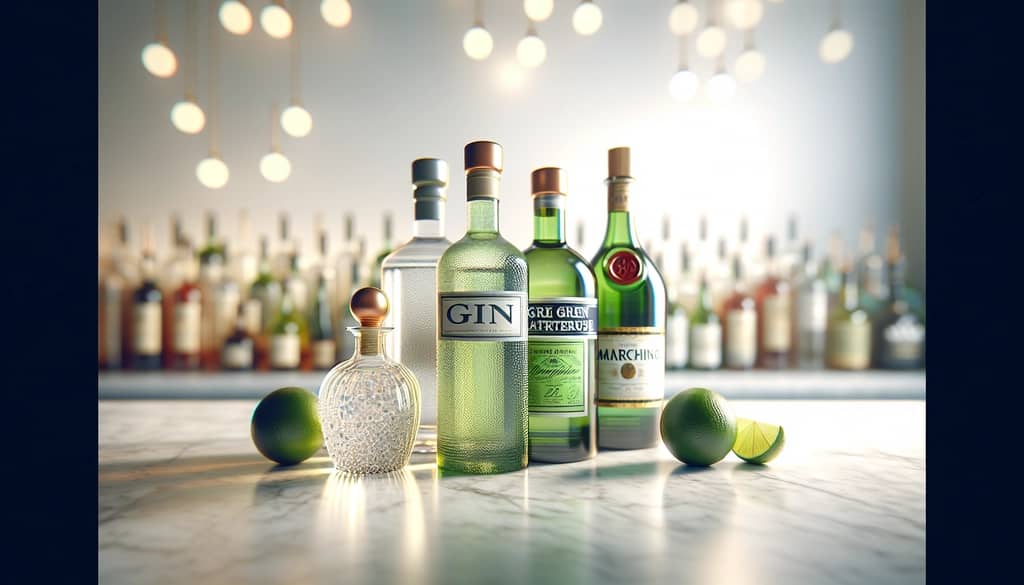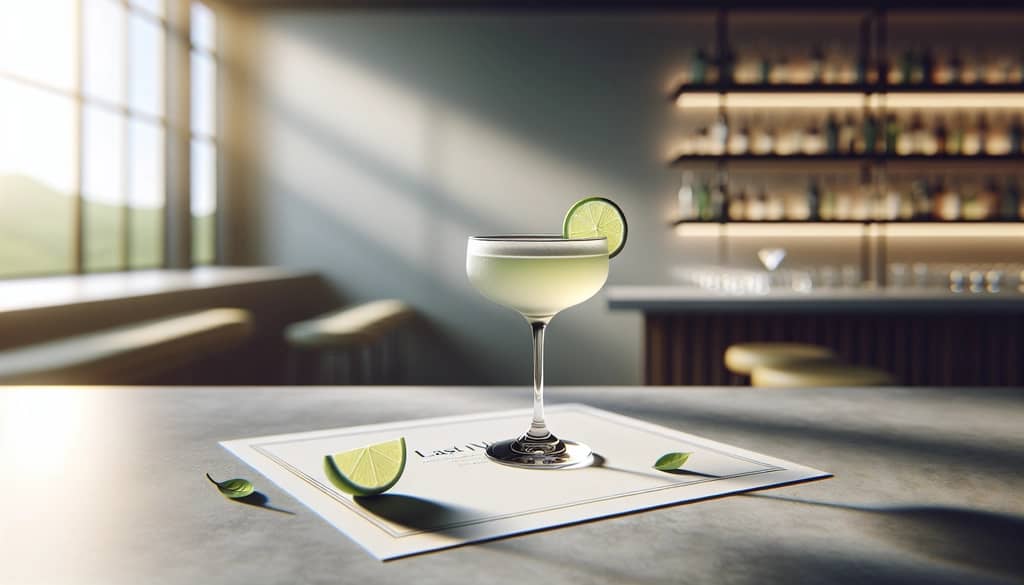Updated on: 6/3/2025
From Vaudeville to Revival: The Story of the Last Word Cocktail

The Last Word holds a rare position among classic cocktails. Born in the lively setting of Prohibition-era America, it disappeared for decades before its vibrant blend of gin, green Chartreuse, maraschino liqueur, and lime was rediscovered by a new generation of bartenders. Its journey traces changing tastes, lost recipes, and the joyful spirit of reinvention.
Roots at the Detroit Athletic Club
First documented in the early 1920s, the Last Word’s creation is generally credited to the Detroit Athletic Club. The club served as a playground for the period’s high society—athletes, industrialists, and visiting vaudeville performers. The cocktail's recipe appeared in a 1951 DAC menu, listing its signature equal-parts formula and suggesting an even earlier origin. It was often poured for entertainers passing through, helping cement its reputation as a tipple for those in the know.
Anatomy of the Original Last Word Recipe
What makes the Last Word so enduring is its delicate balance. Each ingredient contributes a distinct note: botanical gin, sharp fresh lime, sweet-tart maraschino, and the herbal intensity of green Chartreuse. The formula—equal in every ingredient—delivers a uniquely harmonious flavor. Here is the classic construction:
- 22.5 ml gin
- 22.5 ml green Chartreuse
- 22.5 ml maraschino liqueur
- 22.5 ml fresh lime juice
Preparation hinges on the right shake:
- Add all ingredients to a cocktail shaker filled with ice.
- Shake hard until well chilled (about 12 seconds).
- Double strain into a chilled coupe glass.
- Garnish with a lime twist, if desired.

A Lost Classic—And Its Modern Revival
Despite its early popularity, the Last Word faded after World War II. Green Chartreuse became scarce and tastes shifted toward simpler, less herbaceous drinks. The recipe survived mainly in dusty bar manuals and the institutional memory of club bartenders.
In the early 2000s, Seattle bartender Murray Stenson revived interest by unearthing the Last Word from a 1951 reprint of "Bottoms Up!". It spread rapidly through the craft cocktail community—bartenders were craving something fresh, complex, and strongly flavored. Its equal-parts structure made it ideal for creative riffs, spawning modern classics like the Paper Plane and Naked & Famous. Today, it regularly appears on cocktail menus worldwide.

The Last Word’s Lasting Cultural Impact
The Last Word bridges eras. From Prohibition supper clubs and jazz-age vaudeville to the new craft cocktail renaissance, its journey reflects how drinks culture adapts and evolves. Equal parts intrigue and balance, its recipe encourages experimentation. Whether enjoyed as a classic or remixed into contemporary forms, the Last Word continues to inspire both hospitality professionals and home enthusiasts, connecting generations through a single, unforgettable cocktail.